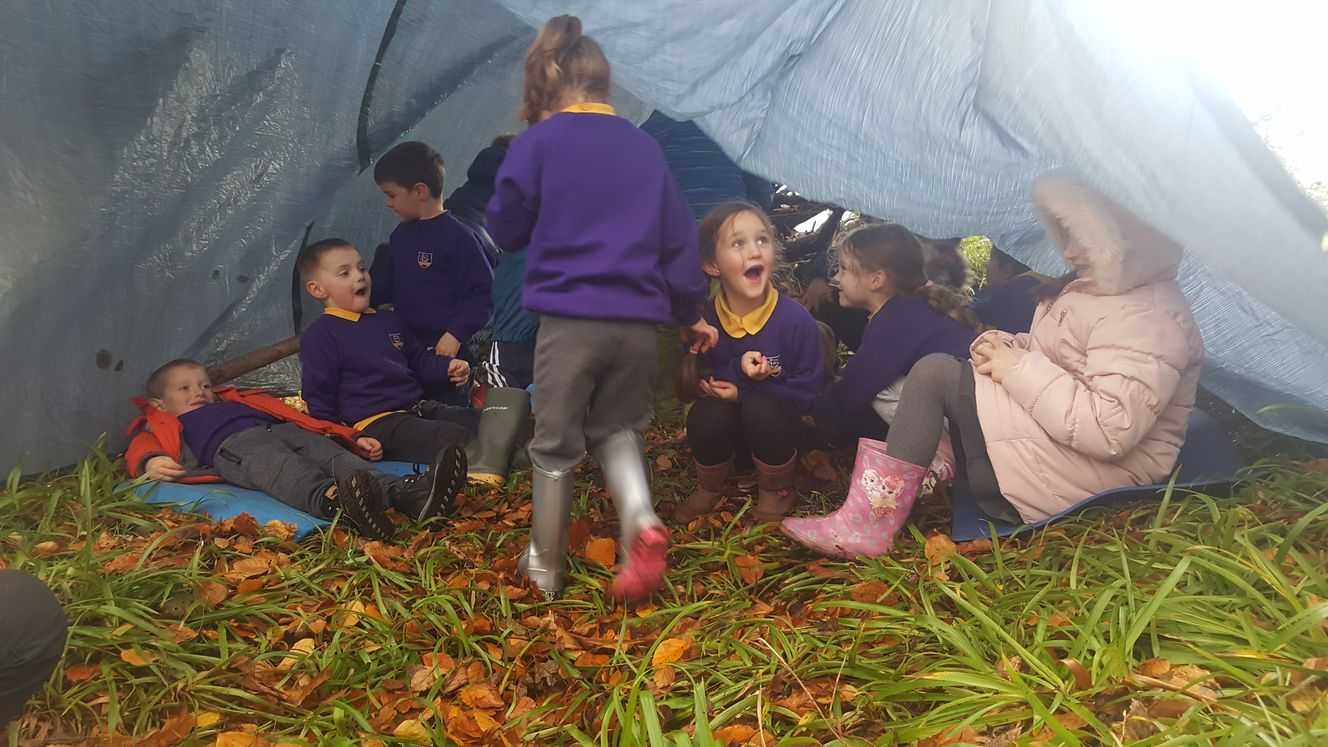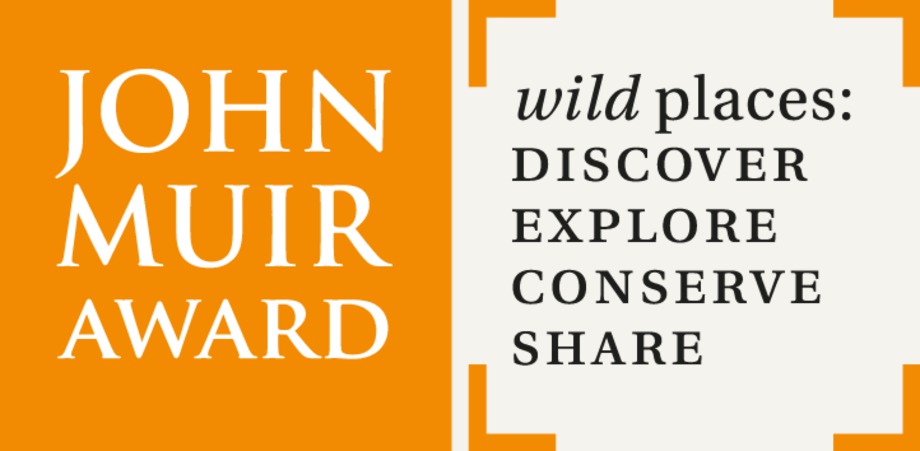
The Going Out There Safety Framework was developed through partnership by the Scottish Government, the Scottish Advisory Panel for Outdoor Education (SAPOE), the Health and Safety Executive (HSE), Education Scotland and the Association of Directors of Education (ADES), with input from other partners, voluntary organisations and providers. Its purpose is to provide a Scottish framework for Safe Practice in Off-site Visits.

The Comhairle adopted it as our best practice when it was first developed, over ten years ago. The framework is constantly being updated by SAPOE and Education Scotland and constitutes a key resource for all staff and teachers who are taking our young people out of the school estate.
It is key to understand the Comhairle’s adoption of the good practice exemplified in the framework allows them to fulfil their responsibilities under the Health and Safety at Work Act 1974 for outdoor
experiences and off-site visits for all participants.
It is very easy to use, with the option to download an interactive PDF, it starts by simply defining all the key people from the employer to the participants and includes people like the parents and any activity providers. It then goes on to the different types of activities, guiding you through the processes you need for safe experience. The Outdoor Team are here to help you so please ask.
The objective of the framework it to help remove the barriers for you to take our young people to safely access learning through off-site visits and the outdoors, improving learning outcomes.
If you need any help please contact Tim, he is the Comhairle’s Technical Advisor and more than happy to help.









